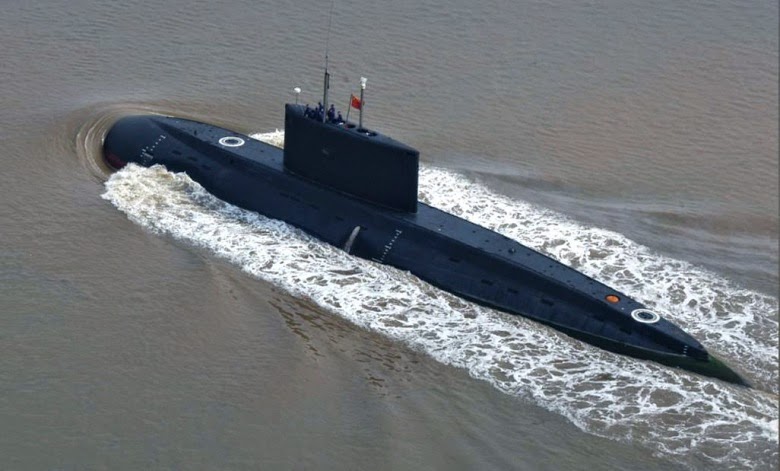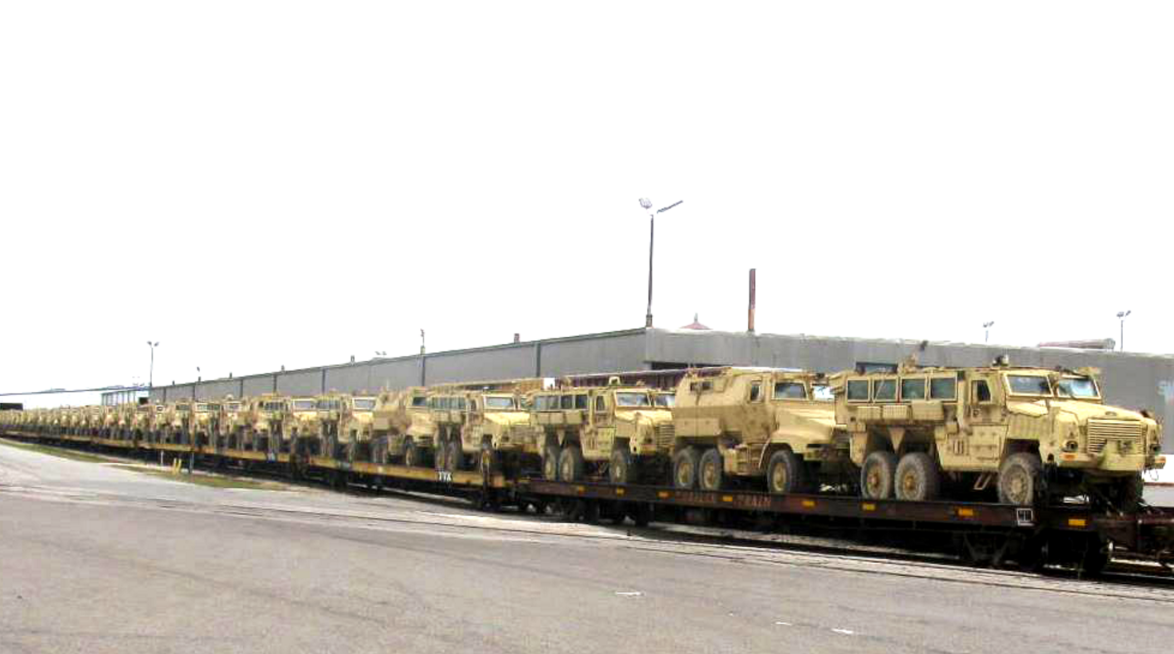33Views 35Comments

Pakistan Ministry of Defence Production confirms submarine contract
The Pakistan Ministry of Defence Production (MoDP) confirmed in its 2014-2015 report that a contract to construct new generation submarines for the Pakistan Navy was signed in April 2015. While no specific timelines were given (in regards to production and delivery), the MoDP’s report is genuine confirmation that the long-awaited program is assuredly in the procurement pipeline.
Pakistan began negotiating with China for new submarines in 2011, when at the time it was reported that the Pakistan Navy was interested in six ships powered by air-independent propulsion (AIP) systems. In April 2015, the Government of Pakistan formally approved the purchase of eight Chinese AIP submarines, and in July 2015 it was reported that the contract had been forwarded to Beijing, which would then greenlight Pakistan’s proposed financing arrangements.
In April 2016, the Pakistan Navy’s Commander of Logistics, Rear Admiral Syed Imdad Imam Jafri, praised Karachi Shipyard and Engineering Works (KSEW) for winning a contract to produce four of the eight AIP submarines. In fact, Rear Admiral Jafri’s statements not only confirmed that the submarine deal was live, but that Pakistan was still committed to procuring AIP-equipped submarines. This is an important aspect, considering the tactical advantages borne by AIP systems, as discussed in an earlier Quwa article:
AIP technology allows SSKs to operate underwater without snorkeling for much longer periods of time, potentially as long as multiple weeks. In addition, AIP technology helps in keeping the submarine quiet, thus reducing its acoustic signature, a key advantage in subsurface combat where sound (i.e. acoustics) is the main method of detection and engagement. These advantages are more profound in the South Asian maritime theatre where there is close proximity between the two powers. For Pakistan, the amount of time a submarine can remain undetected will matter more than how far it can travel.
Beyond the fact that the submarine deal with China was signed and that KSEW will produce four of the eight ships, there are no official details, especially in regards to the submarine’s design, specifications, sensor suite, weapons inventory, or even the origin or design of its AIP system. It is believed that Pakistan’s submarines will be derived from the S20, the export variant of the Type 039A/Type 041. However, the details can only be left for speculation, at least at this stage. That said, it would be safe to assume that the Pakistan Navy will aim to position these submarines as strategic assets (via nuclear-tipped land attack cruise missiles), so as to complete Pakistan’s second-strike triad.
Overall, the Pakistan Navy’s submarine modernization roadmap is promising. With the Agosta 90Bs placed in the upgrade pipeline (with the Turkish shipbuilder STM’s support), the inclusion of these eight Chinese submarines will go a significant way in strengthening the Pakistan Navy’s anti-access and area denial (A2/AD) capabilities. In fact, there are not many countries that would boast as many as 11 AIP-powered submarines.


